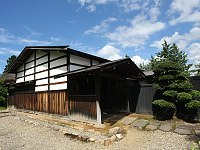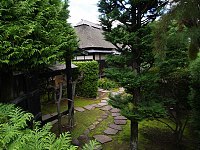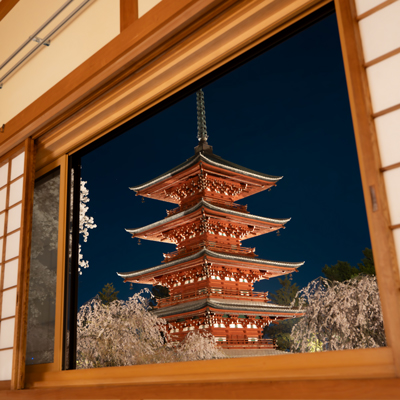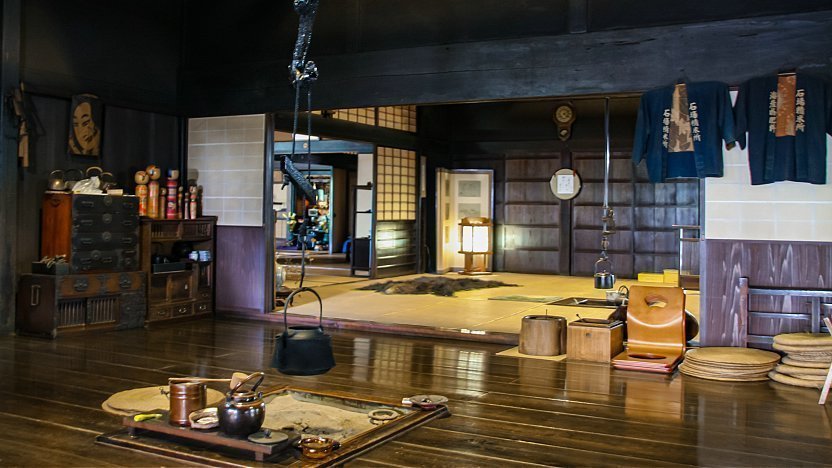
When the Tsugaru Clan sided with Tokugawa Ieyasu at the Battle of Sekigahara in 1600, they ensured their authority as the feudal lords of Hirosaki for the 250 years of the Edo Period (1603-1868). Hirosaki Castle was to be the base from which they would rule, and around it a typical castle town developed.
Like in all castle towns, the samurai who served the local clan lived in residences surrounding the castle of their feudal lord. Today, a section north of Hirosaki Castle remains preserved as a former samurai district. Although much of the area looks like an ordinary modern Japanese residential area today, three samurai houses and one merchant house have been preserved and are open to the public:
Getting there and around
The samurai district is located just north of Hirosaki Park. The closest stop on the Dotemachi Loop Bus is "Bunka Center-mae", a ten minute walk away. Another bus loop line, the Tamenobu Loop Bus, goes as far as the Neputa Mura beside the samurai district; however, it operates considerably less frequently than the Dotemachi Loop Bus and not at all during the winter.
How to get to and around Hirosaki
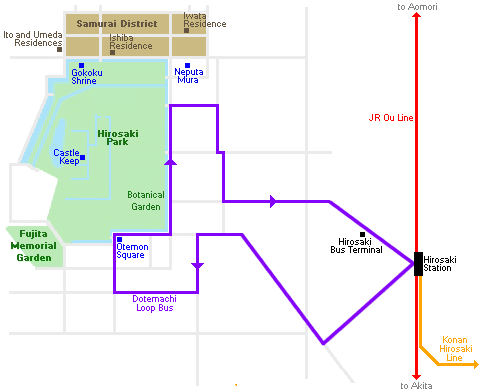
Questions? Ask in our forum.
Links and Resources
Hotels around Hirosaki
-
-
![]() SponsoredPrivate Temple Retreat with a Pagoda ViewRelax in luxurious priest quarters with unrivalled views of Saishoin Templeüfs Five-Storied Pagoda outside your window, and a wide-variety of cultural activities included in your stay. Open for booking.View siteSponsored
SponsoredPrivate Temple Retreat with a Pagoda ViewRelax in luxurious priest quarters with unrivalled views of Saishoin Templeüfs Five-Storied Pagoda outside your window, and a wide-variety of cultural activities included in your stay. Open for booking.View siteSponsored
-
